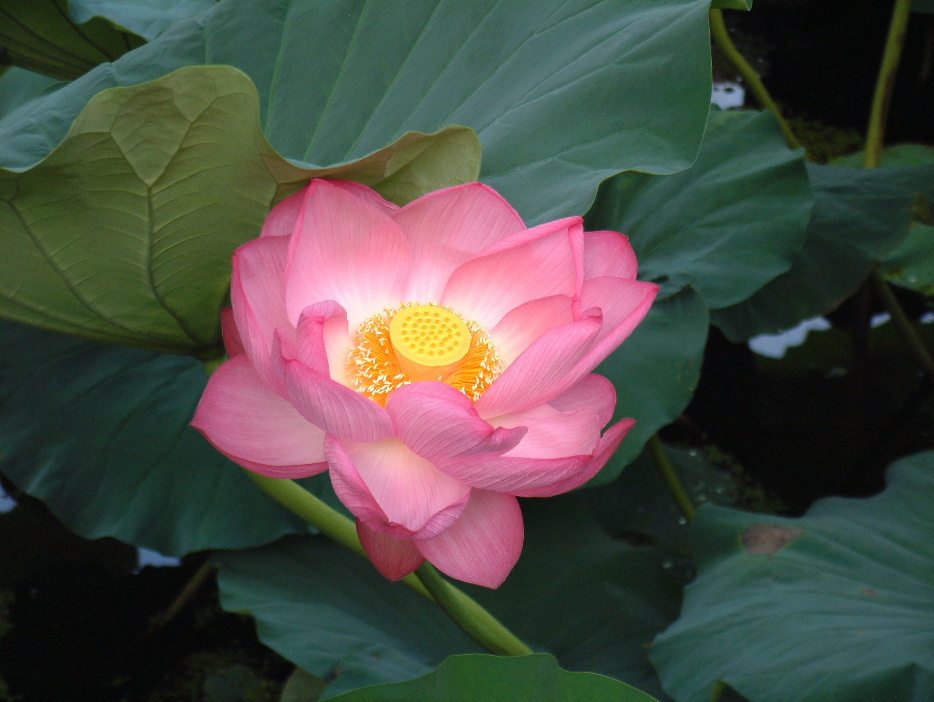Flower Sermon on:
[Wikipedia]
[Google]
[Amazon]

 The Flower Sermon is a story of the origin of Chan and
The Flower Sermon is a story of the origin of Chan and

 The Flower Sermon is a story of the origin of Chan and
The Flower Sermon is a story of the origin of Chan and Zen
Zen (; from Chinese: ''Chán''; in Korean: ''Sŏn'', and Vietnamese: ''Thiền'') is a Mahayana Buddhist tradition that developed in China during the Tang dynasty by blending Indian Mahayana Buddhism, particularly Yogacara and Madhyamaka phil ...
Buddhism in which Gautama Buddha
Siddhartha Gautama, most commonly referred to as the Buddha (),*
*
*
was a śramaṇa, wandering ascetic and religious teacher who lived in South Asia during the 6th or 5th century BCE and founded Buddhism. According to Buddhist lege ...
transmits direct '' prajñā'' (wisdom) to the disciple Mahākāśyapa
Mahākāśyapa () was one of The ten principal disciples, the principal disciples of Gautama Buddha. He is regarded in Buddhism as an arhat, enlightened disciple, being Śrāvaka#Foremost disciples, foremost in dhutanga, ascetic practice. Mah� ...
. In the original Chinese, the story is ''Niān huā wéi xiào'' (拈花微笑, meaning "Picking up a flower and smiling").
Content
In the story, the Buddha gives a wordless sermon to his disciples (''sangha
Sangha or saṃgha () is a term meaning "association", "assembly", "company" or "community". In a political context, it was historically used to denote a governing assembly in a republic or a kingdom, and for a long time, it has been used b ...
'') by holding up a white flower. No one in the audience understands the Flower Sermon except Mahākāśyapa
Mahākāśyapa () was one of The ten principal disciples, the principal disciples of Gautama Buddha. He is regarded in Buddhism as an arhat, enlightened disciple, being Śrāvaka#Foremost disciples, foremost in dhutanga, ascetic practice. Mah� ...
, who smiles. Within Zen, the Flower Sermon communicates the ineffable nature of ''tathātā
Tathātā (; ; ) is a Buddhist term variously translated as "thusness" or "suchness", referring to the nature of reality free from conceptual elaborations and the subject–object distinction. Although it is a significant concept in Mahayana Budd ...
'' (suchness) and Mahākāśyapa's smile signifies the direct transmission of wisdom without words. The Buddha affirmed this by saying:
History
The story of the Flower Sermon appears to have been recorded by Chinese Chan Buddhists. The earliest known version of the tale appeared in 1036.Interpretations
Jung
Carl Gustav Jung ( ; ; 26 July 1875 – 6 June 1961) was a Swiss psychiatrist, psychotherapist, and psychologist who founded the school of analytical psychology. A prolific author of over 20 books, illustrator, and correspondent, Jung was a c ...
and Kerényi suggested a possible commonality in intent between the Flower Sermon and the Eleusinian Mysteries
The Eleusinian Mysteries () were initiations held every year for the Cult (religious practice), cult of Demeter and Persephone based at the Panhellenic Sanctuary of Eleusis in ancient Greece. They are considered the "most famous of the secret rel ...
:
One day the Buddha silently held up a flower before the assembled throng of his disciples. This was the famous "Flower Sermon." Formally speaking, much the same thing happened in Eleusis when a mown ear of grain was silently shown. Even if our interpretation of this symbol is erroneous, the fact remains that a mown ear was shown in the course of the mysteries and that this kind of "wordless sermon" was the sole form of instruction in Eleusis which we may assume with certainty.Jung, C. G. & Kerényi, C. (2005). ''Essays on a Science of Mythology: The Myth of the Divine Child and the Mysteries of Eleusis''. Routledge; 2 edition. . Routledge, p. 179. Source
(accessed: November 28, 2007)
See also
*Mahayana sutras
The Mahayana sutras are Buddhist texts that are accepted as wikt:canon, canonical and authentic Buddhist texts, ''buddhavacana'' in Mahayana, Mahayana Buddhist sanghas. These include three types of sutras: Those spoken by the Buddha; those spoke ...
*Platform Sutra
Double page from the Korean woodblock print of "''The Sixth Patriarch's Dharma Jewel Platform Sutra''", Bibliothèque_Nationale_de_France.html" ;"title="Goryeo, c. 1310. Bibliothèque Nationale de France">Goryeo, c. 1310. Bibliothèque National ...
*Southern School
The Southern School () of Chinese painting, often called '' literati painting'' (), is a term used to denote art and artists which stand in opposition to the formal Northern School () of painting. The distinction is not geographic, but relates ...
Notes
{{reflistReferences
* Welter, Albert. 2000. Mahākāśyapa’s Smile: Silent Transmission and the Kung-an (Kōan) Tradition. In ''The Kōan: Texts and Contexts in Zen Buddhism'', edited by Steven Heine & Dale S. Wright. Oxford and New York: Oxford University Press, pp. 75–109. Buddhist sermons Chan Buddhism Flowers in religion Gautama Buddha